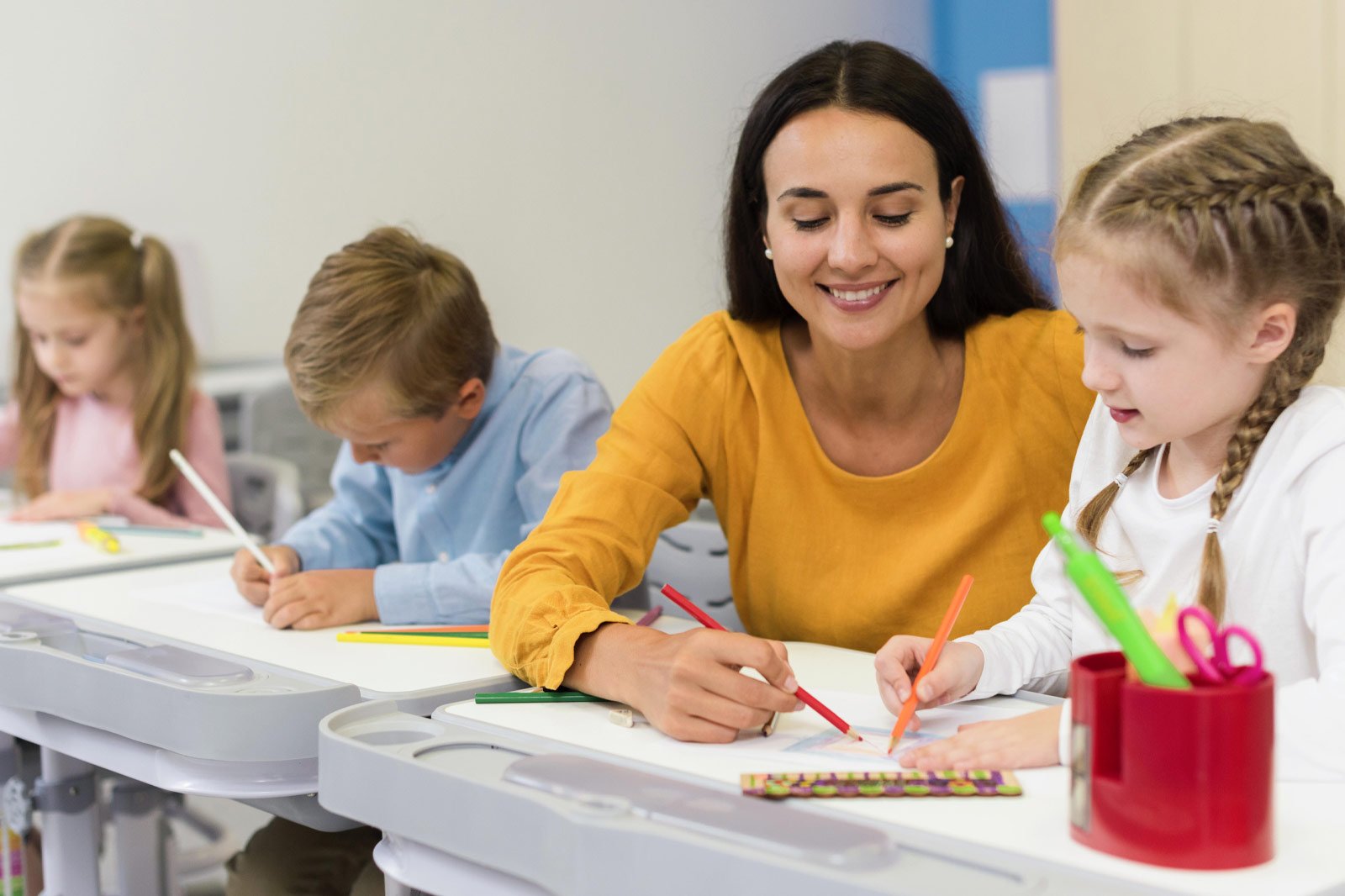Special children need special care

Key principles
Inclusion
It fosters a supportive learning environment for everyone despite their differences. It required full participation among the students.
Individualization
It is tailored to each student’s strengths, challenges, and learning preferences. Everyone is unique.
Collaboration
An active collaboration among teachers, parents, and other professionals is essential for students with special needs.
Differentiation
It employs diverse learning styles, methods, and teaching materials within the classroom to make meaningful progress.
Benefits of special education
Build communication skills
Through verbal and non-verbal communication techniques, speech therapy, and augmentative and alternative communication strategies help children to express themselves effectively.
Coordination movement
This focuses on improving gross motor skills like walking, running, and jumping. And fine motor skills like handwriting and using tools. It enhances balance, spatial awareness, and overall physical competence.
Improve attention skills
Techniques such as visual schedules, task organization strategies, and mindfulness exercises enhance attention and concentration during academic tasks and daily activities.
Manage sensory issues
Sensory integration therapy and sensory-based interventions help students to regulate sensory input, manage sensory-seeking behaviours, and participate comfortably in sensory-rich environments and will reduce anxiety

